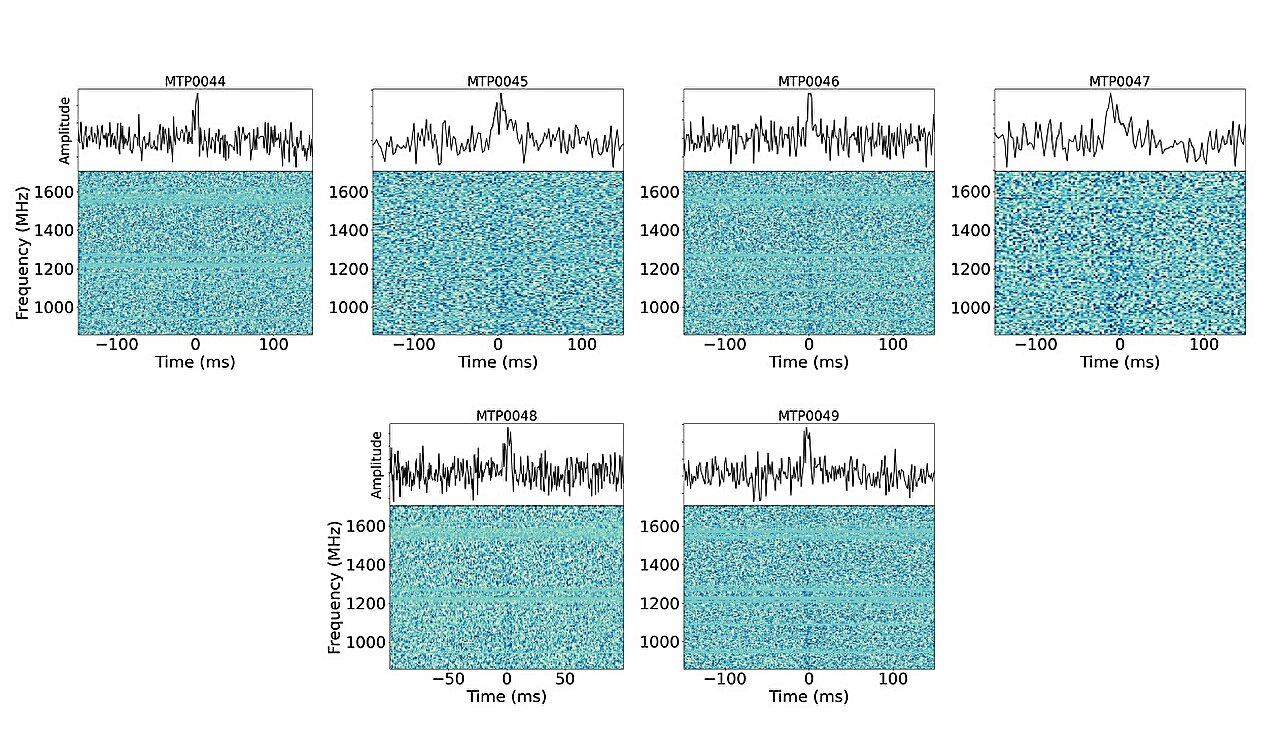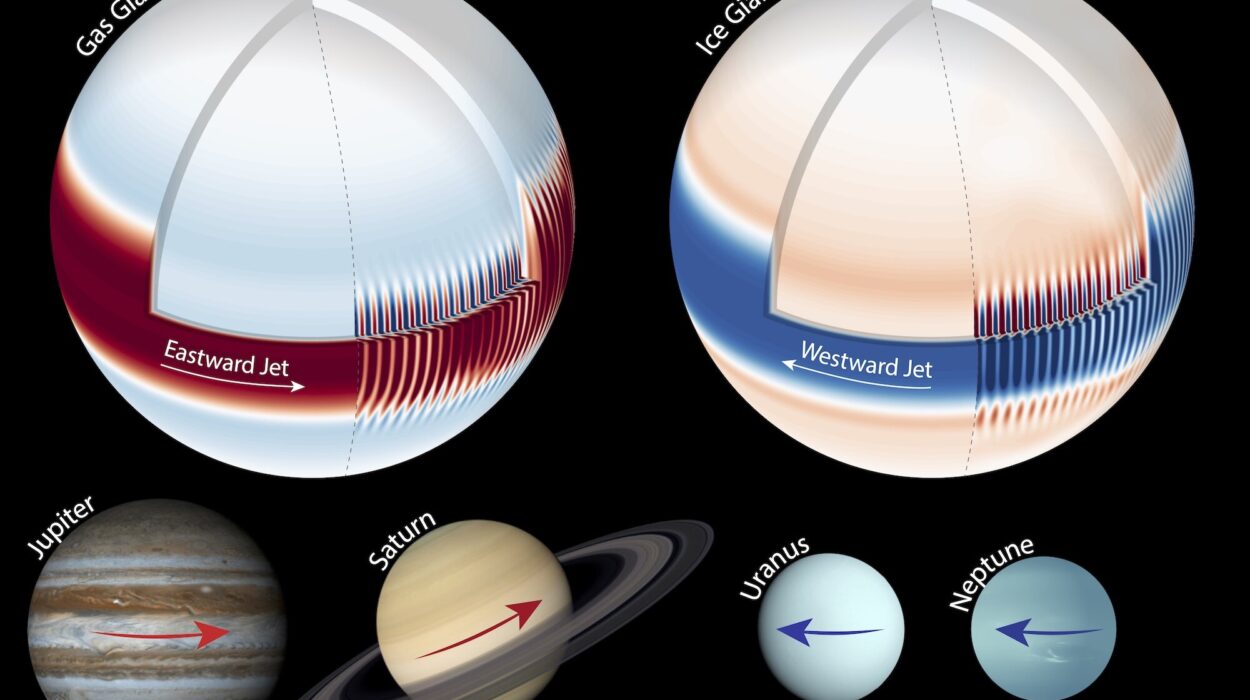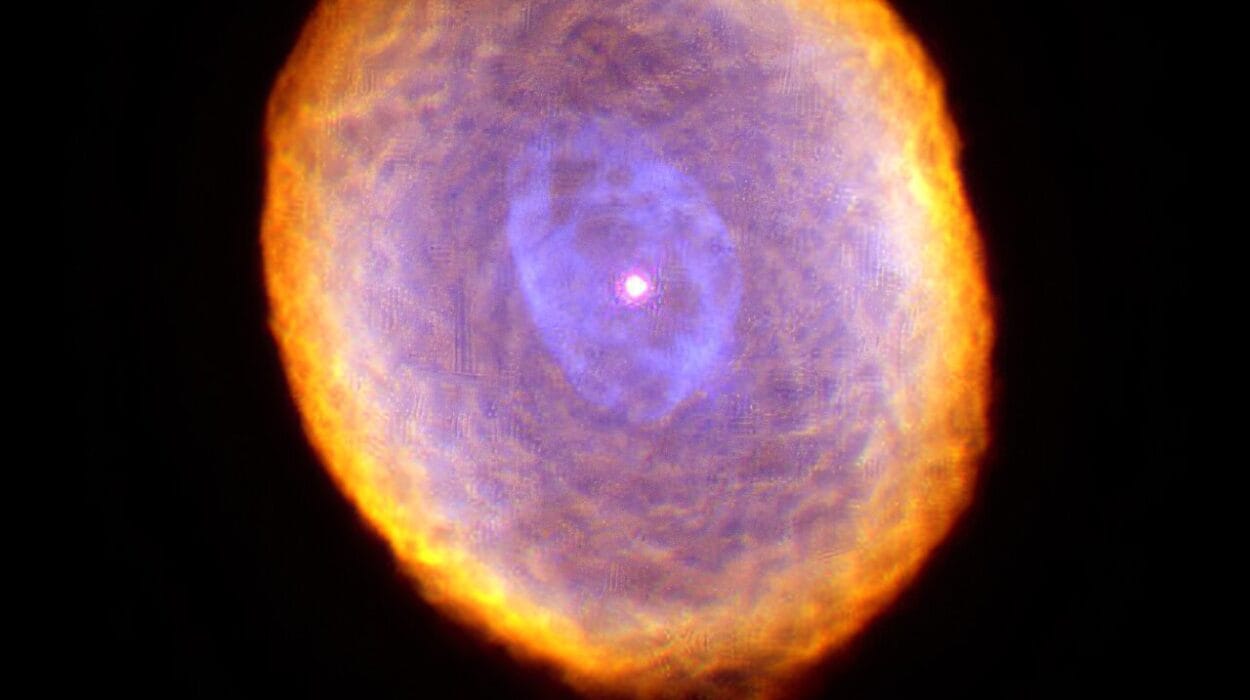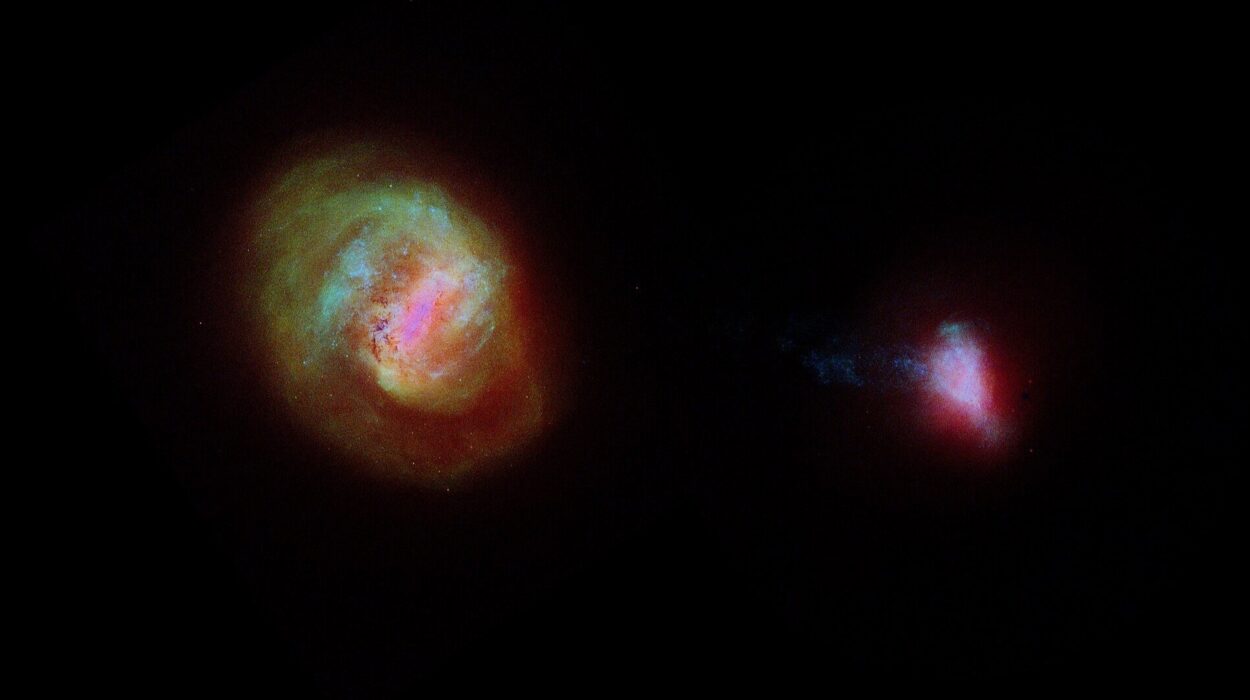In a significant leap forward for radio astronomy, an international team of astronomers has discovered 26 new Galactic radio transients using the powerful MeerKAT telescope located in South Africa. The results, published on January 14 on the arXiv preprint server, provide crucial insights into the enigmatic world of rotating radio transients (RRATs), a subclass of pulsars that continue to intrigue researchers due to their mysterious and sporadic emissions.
Radio transients, in general, are bursts of radio emission that are difficult to explain and can originate from various cosmic phenomena. Some of the most well-known sources of radio transients are neutron stars, specifically those that emit periodic bursts of radio waves, which we observe as pulsars. These bursts are typically the result of a neutron star’s magnetic field sweeping across an observer’s line of sight, creating a “flash” or “pulse.” However, the newly discovered radio transients represent an even more elusive subclass known as RRATs—pulsars that emit irregular, sometimes infrequent bursts.
Unveiling the Mystery of RRATs
The term rotating radio transient (RRAT) refers to a subset of pulsars that, instead of emitting regular pulses like traditional pulsars, show up at unpredictable intervals. These sporadic pulses were first identified in 2006, but their nature has remained somewhat of a mystery. It is believed that RRATs are essentially regular pulsars that experience particularly strong or sporadic pulses, but this theory is still under investigation.
The recent discoveries made by the team led by James D. Turner from the University of Manchester, UK, represent a major milestone in understanding these mysterious cosmic objects. Their findings come as part of the TRAnsients and Pulsars with MeerKAT (MeerTRAP) project, which aims to improve the detection and study of transient radio sources using the MeerKAT telescope.
The MeerKAT telescope, known for its sensitivity and large-scale observation capabilities, played a crucial role in detecting these elusive radio transients. The team used MeerTRAP, a real-time search pipeline designed to operate alongside regular observations conducted with MeerKAT. This method has proven to be incredibly effective, discovering new sources on a monthly basis, which is a testament to the power of real-time, commensal observations.
The New Radio Transients
The research team successfully identified 26 new Galactic radio transients, with most of these objects falling into the RRAT category. These discoveries add to the growing catalog of known radio transients within our Milky Way galaxy, expanding the scope of research into the behavior and characteristics of RRATs.
The study’s findings are impressive not only because of the sheer number of transients detected but also because of the characteristics of these objects. The dispersion measures (a measure of the delay of a radio pulse due to the intervening plasma) for these newly discovered sources ranged from 8.46 to 346.5 pc/cm3. This variation in dispersion suggests a wide range of distances and environments within the Milky Way in which these objects are located, further emphasizing the richness of the phenomena being studied.
Another key aspect of the research is the measurement of spin periods for the detected RRATs, which varied from 1.06 to 17.49 seconds. This variation in spin period adds complexity to our understanding of RRATs, which are known for having irregular rotational speeds compared to regular pulsars. Among the discoveries, one of the most intriguing is MTP0044/PSR J2218+2902, a newly discovered RRAT with a remarkably long spin period. This finding adds to the growing population of slowly rotating neutron stars, which challenge current models of magnetospheric radio emissions.
In-depth Observations and Long-Term Studies
The astronomers also made notable progress in timing these new RRATs. For five of the newly discovered transients, the team was able to derive timing solutions spanning multiple years. These timing parameters are crucial because they offer insights into the ages and magnetic properties of the objects. Based on these measurements, the researchers estimate that the RRATs in this study are several million years old. Additionally, the relatively low surface magnetic field strengths observed in these objects align with characteristics typical of known RRAT populations.
These findings provide valuable data for future investigations and underscore the need for continuous monitoring of these elusive sources. The long-term study of RRATs is crucial for determining how they evolve and how their emissions vary over time.
Two Transients of Special Interest
Among the new discoveries, two specific Galactic radio transients—MTP0021/PSR J0219−06 and MTP0023/PSR J1319−4536—stood out for their complex structure, brightness, and variability of pulses. These transients exhibit properties that suggest there is more to their behavior than meets the eye. The pulses emitted by these objects vary significantly in their intensity, which indicates that they may be influenced by underlying processes that are not yet fully understood. The team highlighted these two sources as prime candidates for further study to better understand the intricacies of their emission mechanisms.
MeerKAT and the Future of Radio Astronomy
The successful identification of these 26 new Galactic radio transients marks a significant achievement for the MeerKAT telescope and the MeerTRAP project. The ability to detect and study these mysterious sources in real-time demonstrates the power of modern astronomical tools in pushing the boundaries of our understanding of the universe.
MeerKAT, with its cutting-edge technology, has proven to be a valuable instrument for observing radio transients, especially those that are challenging to detect using traditional methods. The combination of high sensitivity and rapid data collection has opened up new avenues for the study of pulsars and RRATs, providing researchers with insights that were previously out of reach.
Looking ahead, the discoveries made by Turner and his team will help refine models of neutron star behavior and magnetism. As more RRATs are detected and studied, astronomers will gain a deeper understanding of how these enigmatic objects fit into the broader framework of stellar evolution and the dynamic processes at play in the Milky Way galaxy.
Conclusion
The discovery of 26 new Galactic radio transients, most of which are RRATs, is a major step forward in our understanding of the universe’s most mysterious radio-emitting objects. These findings, made possible by the innovative work of the MeerTRAP team using the MeerKAT telescope, not only expand our knowledge of pulsars and RRATs but also offer new challenges and questions for future research. As astronomers continue to investigate these transient sources, they are likely to uncover even more intriguing features of these enigmatic objects, helping to shape the next chapter in the field of radio astronomy.
Reference: James Dennis Turner et al, Discovery of 26 new Galactic radio transients by MeerTRAP, arXiv (2025). DOI: 10.48550/arxiv.2501.08224






